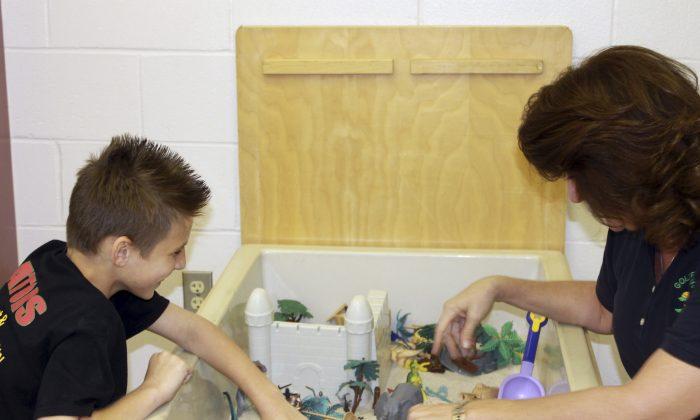ATLANTA—Mental disorders among children are defined as serious changes in the way children learn, behave, or handle their emotions, according to the Centers for Disease Control (CDC).
The CDC reported that children aged 3-17 years currently have:
ADHD (6.8 percent)
Behavioral or conduct problems (3.5 percent)
Anxiety (3.0 percent)
Depression (2.1 percent)
Autism spectrum disorders (1.1 percent)
Tourette syndrome (0.2 percent) (among children aged 6–17 years)
Widespread
Boys and girls of all ethnic groups experience mental disorders. A 2009 report from the National Research Council and Institute of Medicine estimated that 13 to 20 percent, up to one out of five, American children and adolescents experience a mental disorder in any given year.
Treatable
Early diagnosis and treatment can improve children’s lives, relationships, and development. There is effective, evidence-based treatment for many of the mental disorders of children.
Costly
“Millions of children in the U.S. have mental disorders that affect their overall health and present challenges for their loved ones. In addition, the financial costs of childhood mental disorders are at least an estimated $247 billion each year. We are working to both increase our understanding of these disorders, and help scale up programs and strategies to promote children’s mental health so that our children grow to lead productive, healthy lives,” stated CDC Director Tom Frieden.
The Affordable Care Act requires that several kinds of mental health and developmental screening are covered for children and adolescents, with no cost sharing by the patients or their parents. Autism, depression, and substance abuse screening are covered, for example. Health insurance must cover mental health the same way it covers physical health care.
This may or may not increase access to effective care. It does not help to put screening or treatment into schools. The ACA mandates that private health insurance must cover mental health care. This applies to individuals and families, but does not require or pay for any school programs. Not all mental health providers accept insurance.






Friends Read Free